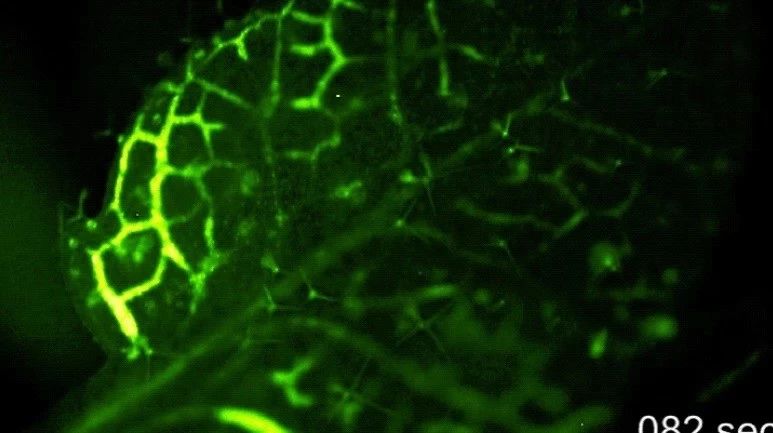
Now, you can see with your own eyes how plants send "damage signals".
will the plants feel pain when the leaves are gnawed?
Don’t you desire a fabulous shopping experience of high quality but cheap pastel bridesmaid dresses from Adoringdress.com? Have a look at our latest affordable release.
plants don't have a nervous system, and they probably don't feel as much pain as animals, but plants do "perceive" damage. This kind of "perception" is very meaningful for survival. Plants can not escape when bitten, but they can also produce chemicals to drive away animals that try to eat it.
A study recently published in the journal Science clearly records the transmission of "damage signals" in plants. After the Arabidopsis thaliana in the video was eaten by the larvae, bright green fluorescence appeared on the leaves and spread in all directions.
(video source: UW-Madison Campus Connection. In fact, it is very short, but the dynamic picture is still too large.) the reason for the change of light and dark fluorescence is the change of calcium concentration. The study used a technique called calcium imaging, in which plants were genetically edited to express a "calcium indicator" fused with fluorescent proteins, which changes in structure when it binds to calcium, so the fluorescence intensity varies with calcium concentration. The sudden brightening of green light represents an increase in cytoplasmic calcium concentration.
in the past, researchers have found that plants will react in a short time, both in the injured part and in the parts that have not been damaged, but it is not clear how the "damage signal" in the plant is transmitted. This study not only intuitively reflects the relationship between this signal and calcium, but also found that the calcium signal is controlled by glutamate and related receptors.
although the specific mode of action is different, glutamate and calcium ions also undertake the function of signal transmission in animals. Glutamate is a neurotransmitter, and calcium ions are closely related to the electrical activity of nerves and muscles.
what is impressive is that the transmission speed of this signal is so fast that the damage reacts within 2 seconds and the signal is transmitted between the leaves in a few minutes. Of course, this can not compare with the speed of nerve signal transmission, but this is a plant, ah, it is already very good.
original paper: http://science.sciencemag.org/content/361/6407/1112
related report: https://www.sciencedaily.com/releases/2018/09/180913142026.htm
https://www.nytimes.com/2018/09/13/science/plant-defenses.html